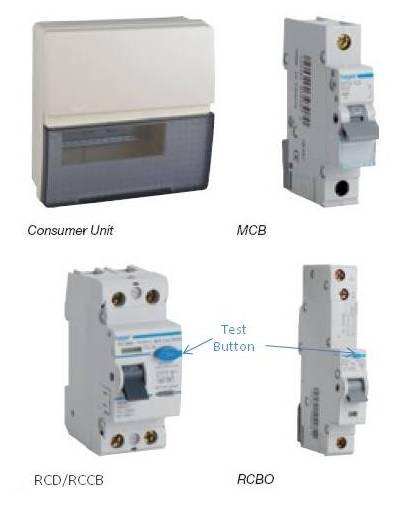I have installed a set of led wire and track lights however since installing them the circuit breaker trips 1 in 5 times or so that the lights actually get activated (the circuit breaker only started tripping after these new lights were installed).
At first I assumed there was a loose connection or some problem with the work that I had done (I am not a professional I hasten to add!) and so went back and checked all of the connections and wires upto the transformer - no fault found.
I then decided to leave the transformer for the lights connected to the circuit, however I disconnected the two output wires that go from the transformer and fix on to the two track wires and since then there has been no problem with the circuit breaker tripping - leading me to assume that the fault lies somewhere between the transformer and the ligth fittings themselves.
I have searched the internet but except for one vague reference in a post on this forum I have not found anything to suggest this is a common issue. If anyone has any suggestions as to what might be the problem or how to fix it, or even any knowledge of the issue it would be much appreciated. Unforunately I can't just return the lights as they were installed about four months ago just before going away for work for a considerable period, so not much chance of a refund!
thanks for any input.
Regards,
N.
At first I assumed there was a loose connection or some problem with the work that I had done (I am not a professional I hasten to add!) and so went back and checked all of the connections and wires upto the transformer - no fault found.
I then decided to leave the transformer for the lights connected to the circuit, however I disconnected the two output wires that go from the transformer and fix on to the two track wires and since then there has been no problem with the circuit breaker tripping - leading me to assume that the fault lies somewhere between the transformer and the ligth fittings themselves.
I have searched the internet but except for one vague reference in a post on this forum I have not found anything to suggest this is a common issue. If anyone has any suggestions as to what might be the problem or how to fix it, or even any knowledge of the issue it would be much appreciated. Unforunately I can't just return the lights as they were installed about four months ago just before going away for work for a considerable period, so not much chance of a refund!
thanks for any input.
Regards,
N.



